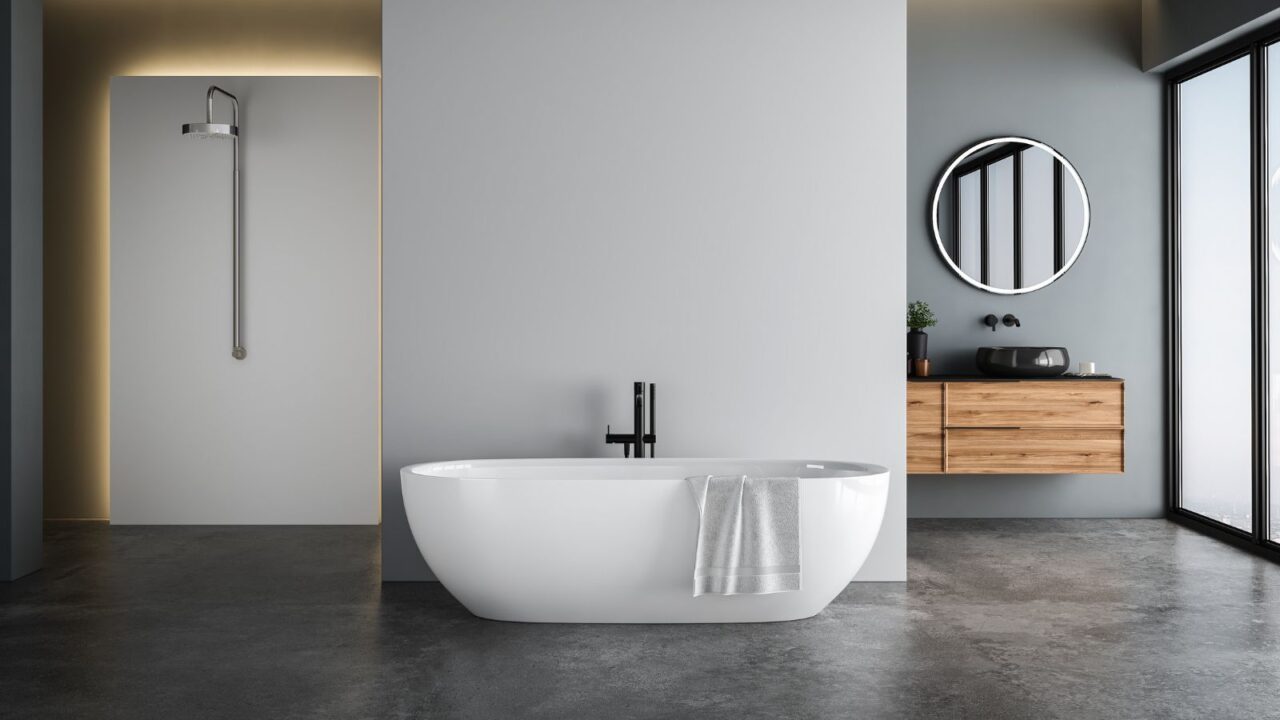
Tips to Avoid Bathroom Renovation Disasters
Bathroom renovations can add value and style to your home—if they’re done right. However, common mistakes can turn a dream bathroom into a costly nightmare.
From layout flaws to faulty materials, there are plenty of pitfalls to avoid. Let’s explore the top renovation blunders and how you can steer clear of them to achieve a beautiful, functional bathroom.
Read on to avoid some of the most frequent renovation missteps.
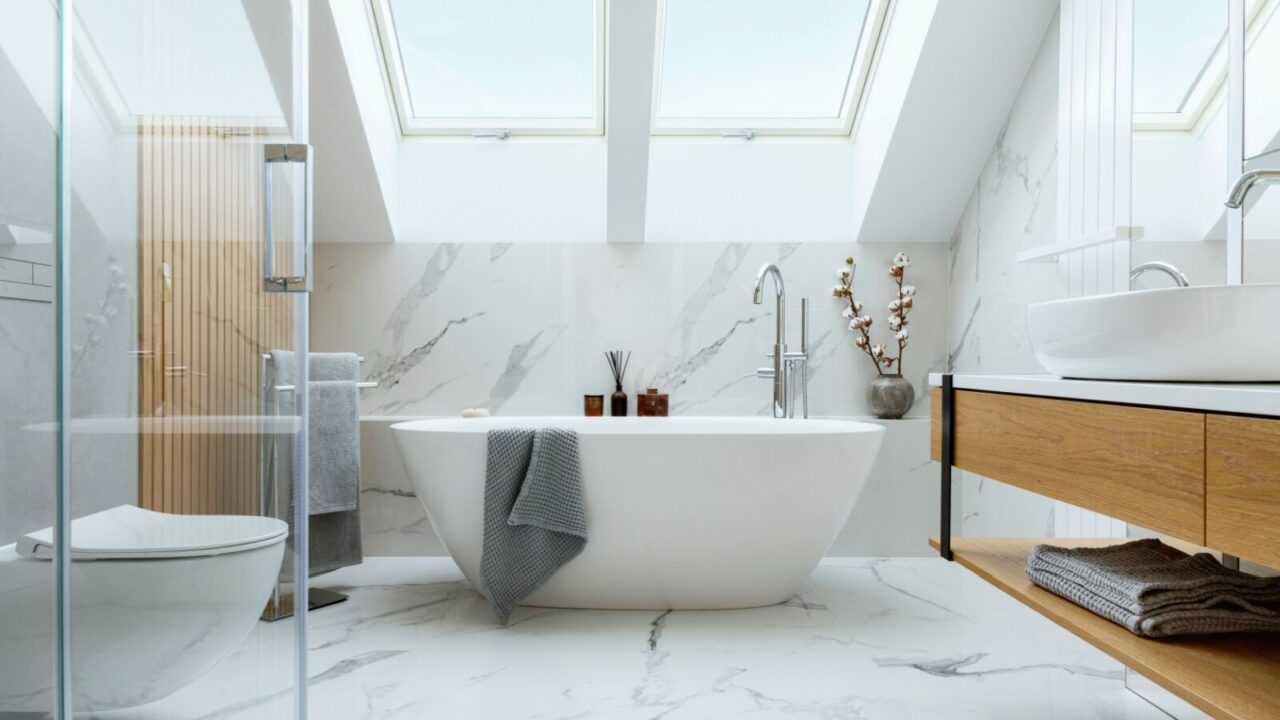
Ignoring Proper Ventilation
The most overlooked detail in bathroom renovations is ventilation.
Bathrooms are humid spaces, making them prone to mold and mildew. Skipping a proper exhaust fan or opting for a low-power model can lead to long-term issues like damaged paint, warped wood, and even health risks.
Therefore it’s important to install a high-quality exhaust fan and, if possible, include a window for natural ventilation to keep the air fresh and your investment intact.
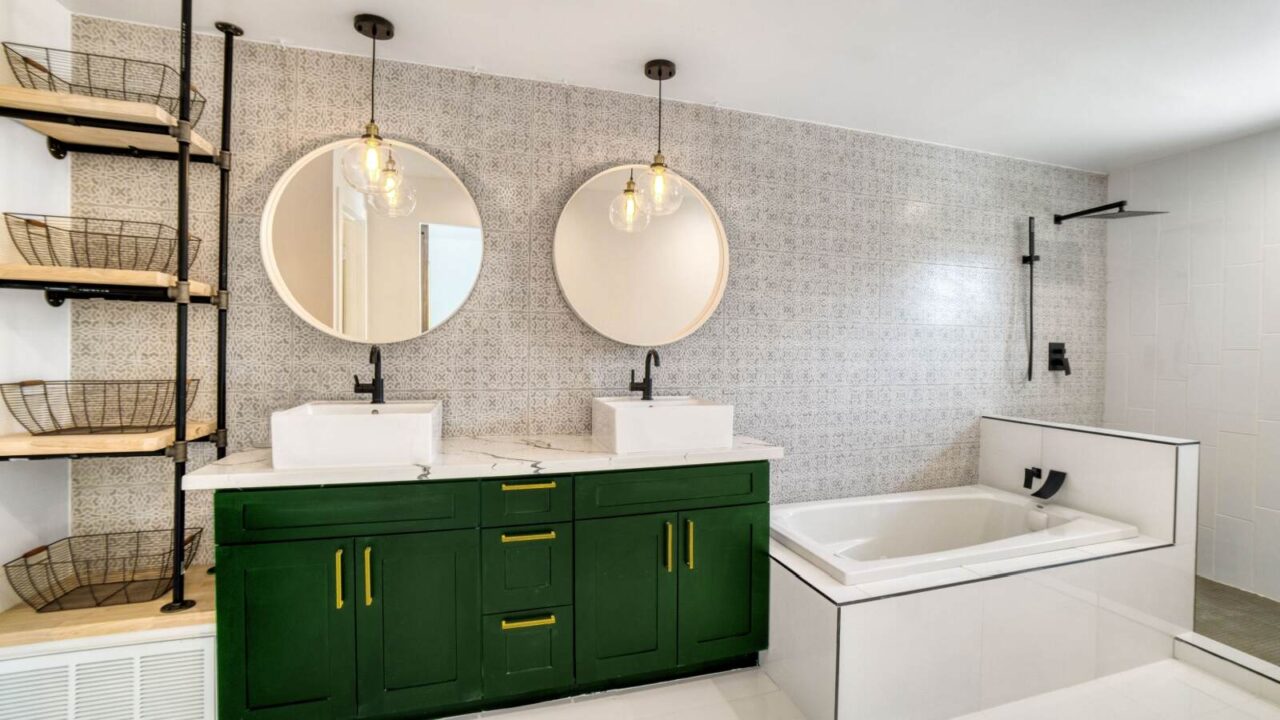
Choosing Style Over Functionality
It’s tempting to prioritize aesthetics, but a bathroom must balance style with function. Beautiful fixtures and fancy tiles are enticing, but functionality is key for everyday comfort.
Choose layout, storage, and durability first, ensuring that each choice serves a practical purpose. A visually stunning bathroom with poor storage and inconvenient fixtures can quickly become a frustrating space.
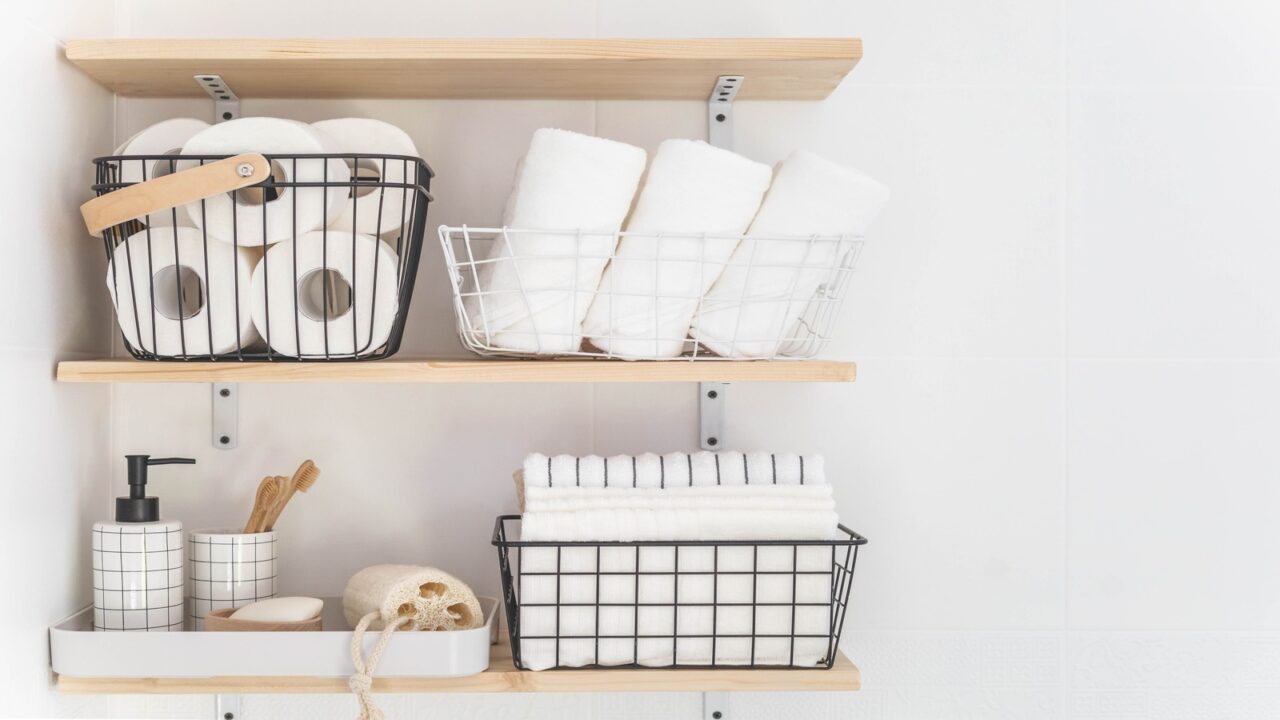
Not Planning for Sufficient Storage
Limited storage is a frequent complaint of house owners post-renovation. The reason is inadequate planning. Therefore, before you start the renovation, assess your storage needs, including space for toiletries, towels, and cleaning supplies.
Consider installing built-in shelves, vanities with cabinets, or even a closet if space permits. It’s worth investing your time in thoughtful planning from the start.
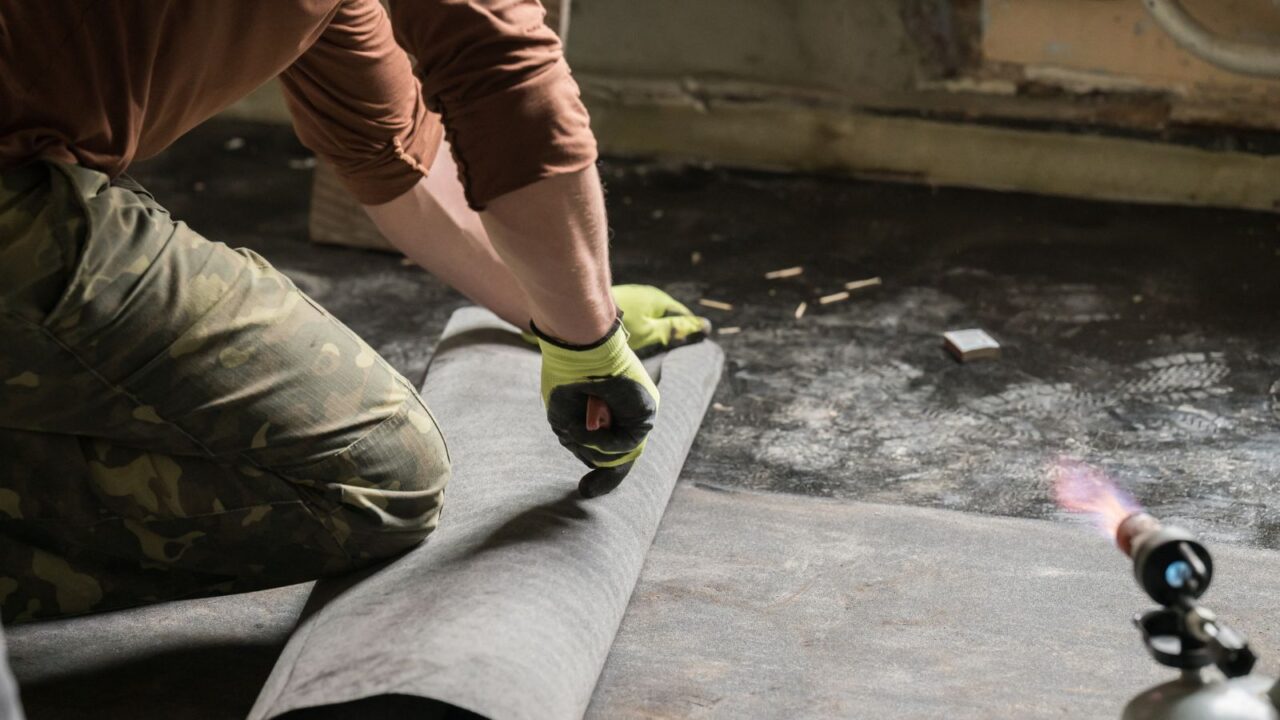
Skimping on Waterproofing
Waterproofing is crucial in a bathroom, and cutting corners here can lead to disastrous results. Inadequate waterproofing causes leaks, mold, and expensive repairs down the line.
Take professional help to install waterproofing measures in high-moisture areas like the shower and floor. Proper waterproofing will protect the structure of your bathroom.
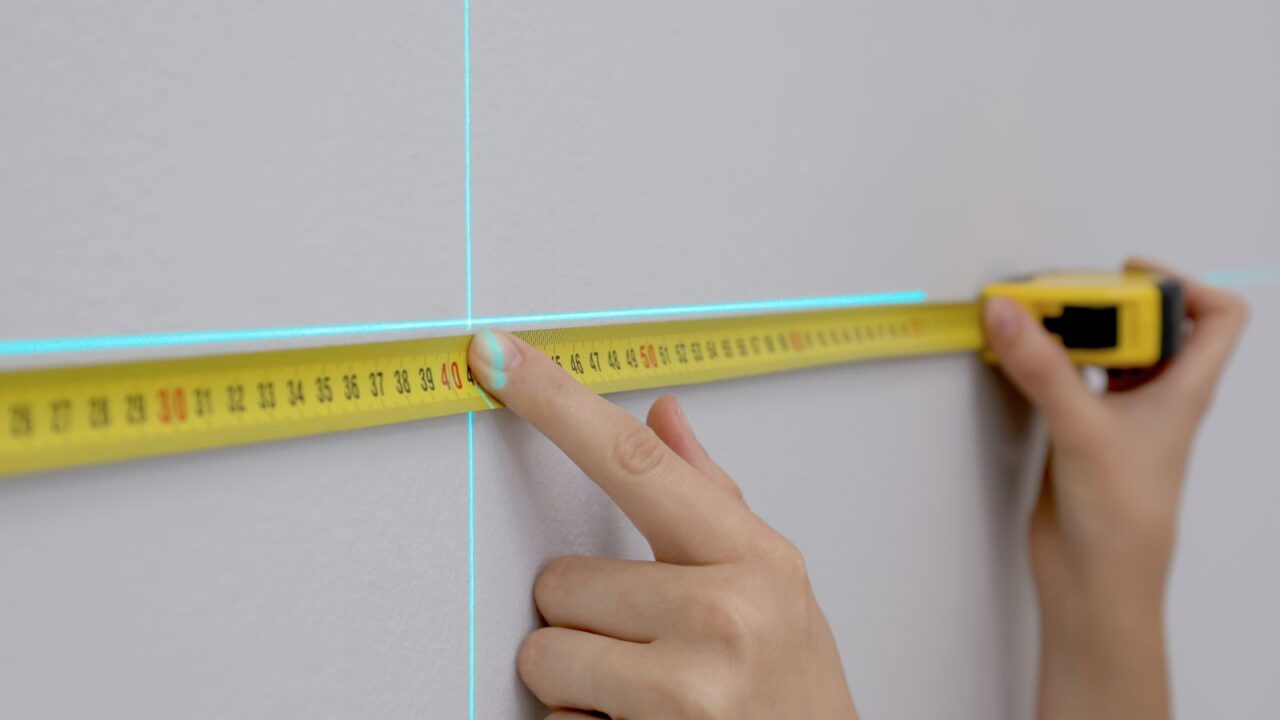
Incorrect Measurements
Precision is everything in bathroom design. Incorrect measurements can throw off the entire project. Small miscalculations in fixture placement, tile alignment, and even door swings can cost you heavily in the future.
Ensure to double-check dimensions and hire a professional if necessary. Save both money and time by measuring accurately and ensuring that each element fits perfectly, making your bathroom a cohesive, functional space.
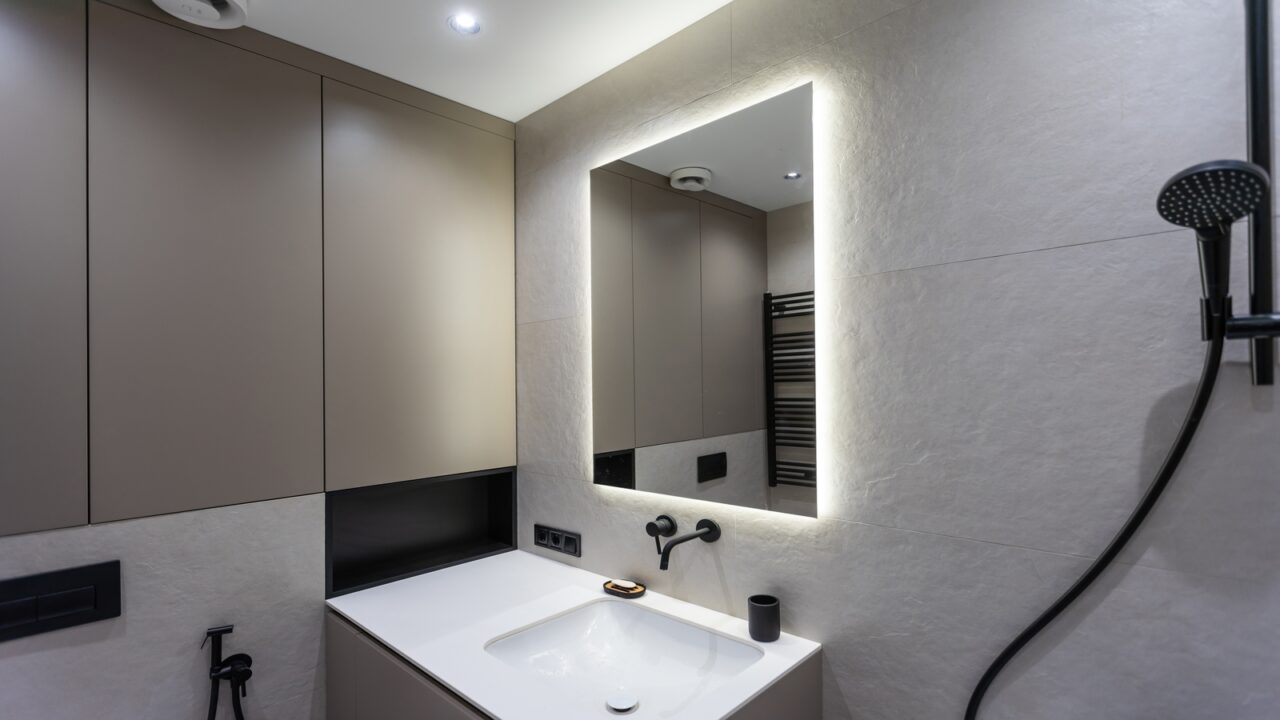
Overlooking Lighting
Lighting is important for all spaces but in the bathroom, you need to be extra careful. Go with layered lighting for best results. Skipping it can leave you with harsh shadows or dim areas that you don’t want.
A well-lit bathroom combines ambient, task, and accent lighting to create a functional and inviting space. Install vanity lighting for grooming tasks, ceiling lights for general brightness, and accent lights for ambiance.
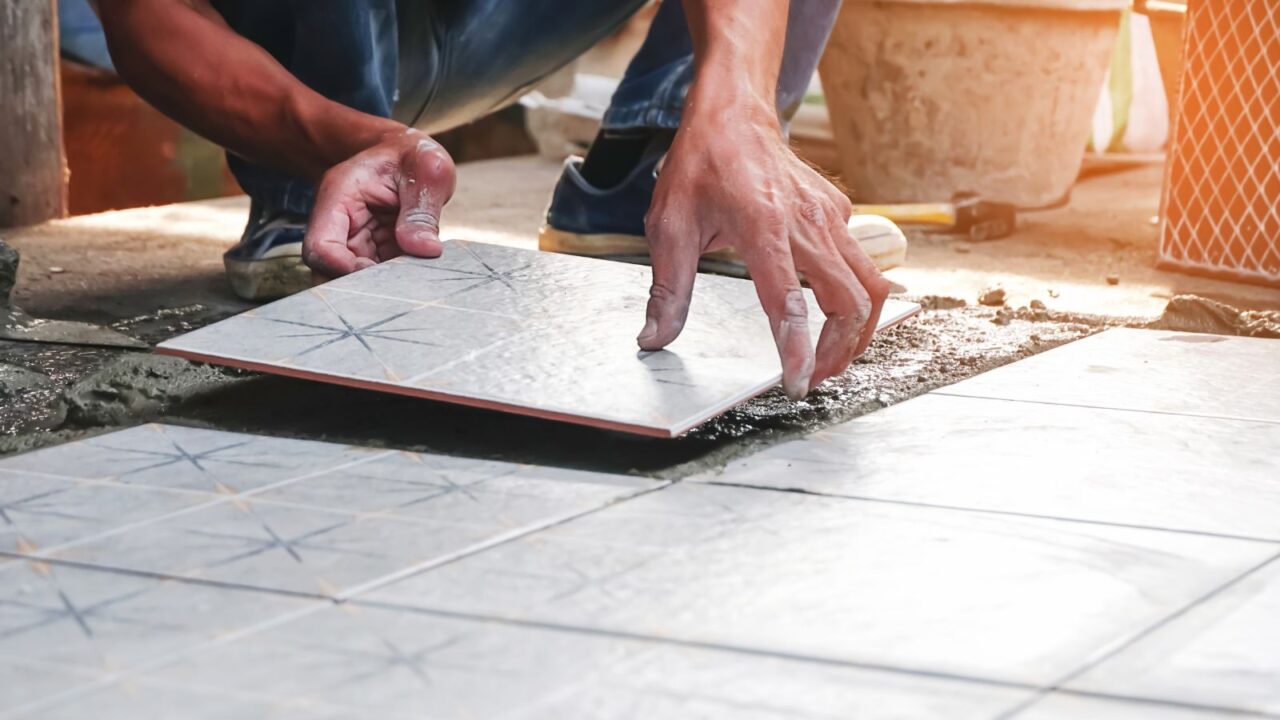
Selecting the Wrong Materials
Bathroom materials must withstand moisture and frequent use. Using the wrong materials, like wood-based cabinets or non-waterproof wallpaper, leads to warping, staining, and mildew growth.
Stick with moisture-resistant materials like porcelain tiles, acrylic, and treated wood. The best thing is these materials only look great while ensuring longevity in a high-humidity environment.
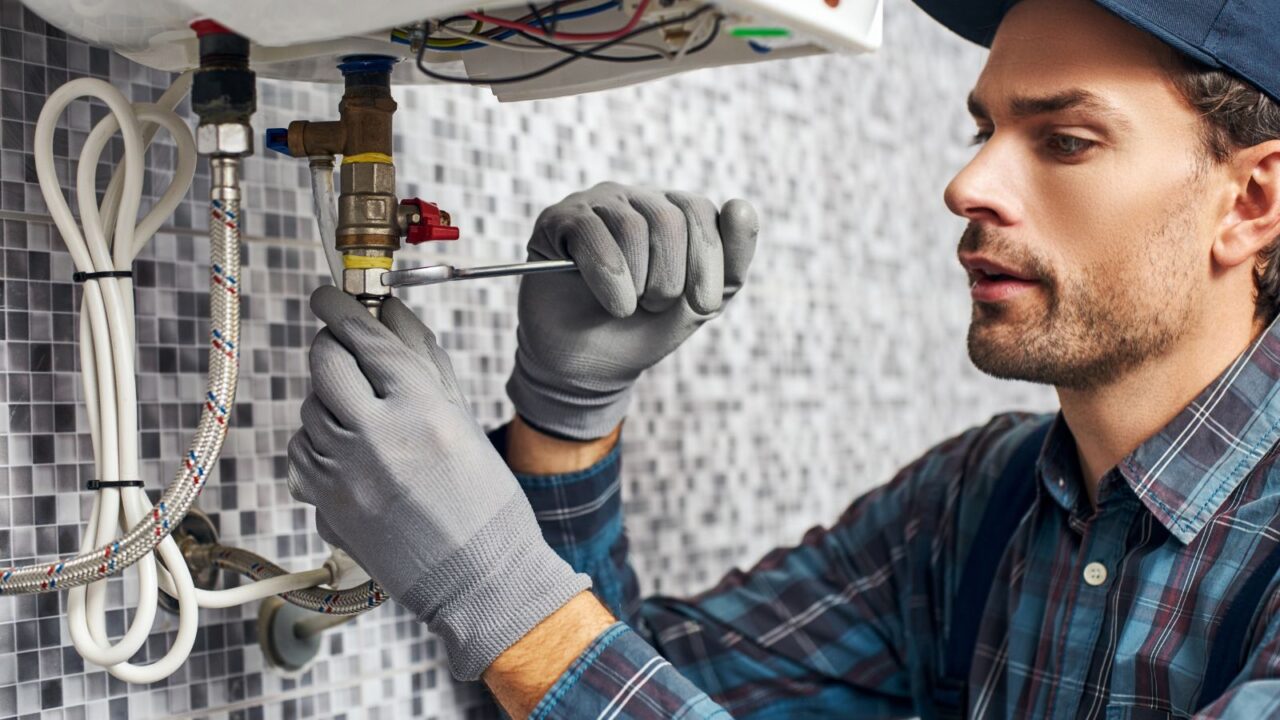
Attempting Complex DIY Projects
While DIY can save money, certain bathroom projects, such as plumbing and electrical work, are best left to professionals. Complex tasks require specific skills and tools, and mistakes here can be costly or even hazardous.
If you’re not fully confident, hire a licensed professional. It’s a worthwhile investment to ensure safety and high-quality work, preventing future disasters from botched DIY attempts.

Disregarding Plumbing Layout
Altering plumbing layouts increases costs and adds risks if not handled correctly. Avoid unnecessary changes unless essential.
If a layout change is needed, consult with a plumber to ensure it’s practical and worth the investment. Moving fixtures like toilets and sinks demands complex plumbing work, for which professional help is a must.
If possible (and functional), keep the existing layout in the bathroom to reduce costs and potential issues.

Neglecting a Realistic Budget
Bathroom renovations can quickly become expensive without planning a realistic budget. You can run out of funds or have to make compromises on quality during the renovation project.
Create a detailed budget that covers all expenses, including unexpected costs. Prioritize key features and be prepared to make adjustments. for some ideas on how to save on your money, skim through this piece.
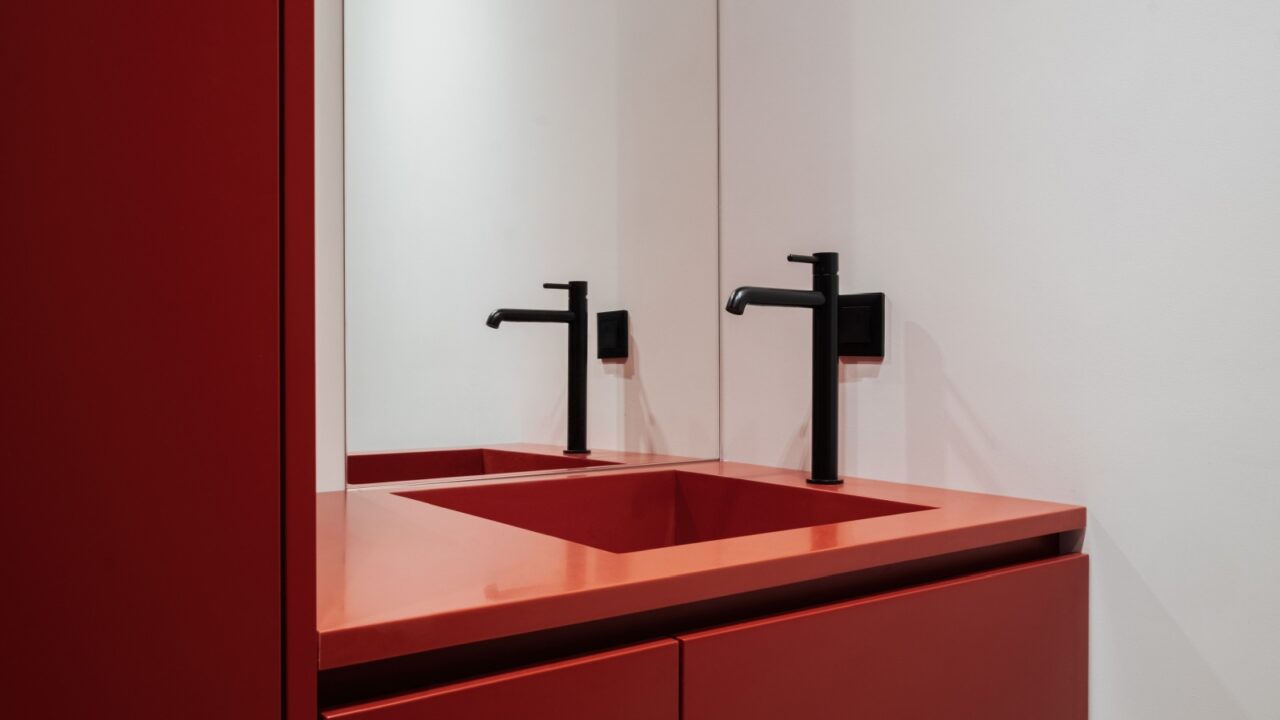
Overloading on Trends
Trendy designs can add a modern touch, but too many can quickly make a bathroom feel dated. Trends come and go with time. Instead of following trends, opt for a functional and timeless approach and materials.
You can incorporate trends subtly through accents like paint colors, hardware, or decor. This approach keeps your bathroom looking fresh and timeless, avoiding the need for a costly update every few years.
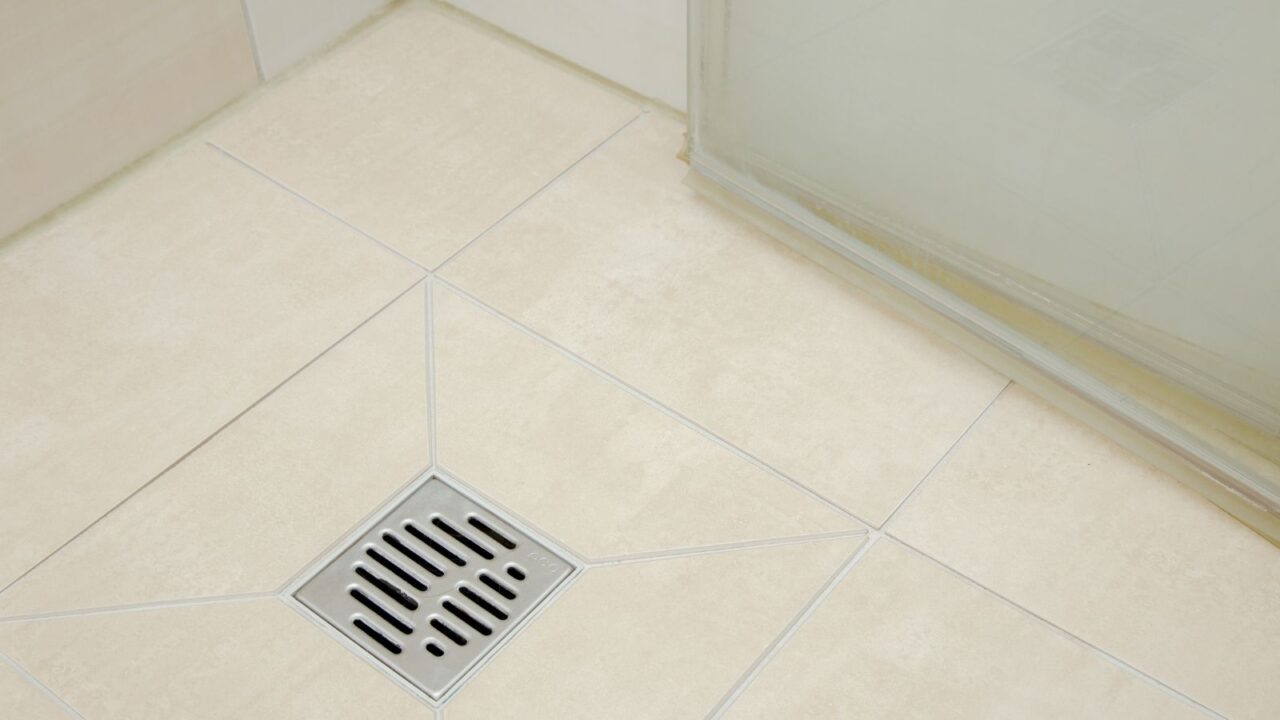
Overlooking Floor Drainage
A poorly designed floor can lead to water pooling, which causes slipping hazards and water damage.
Instead of classic round drainage, opt for a modern and sleek system like linear or tile insert drain. Most importantly, ensure the floor has a gentle slope towards the drain, especially in the shower area.
This small detail can make a big difference in maintaining a dry, safe, and clean bathroom environment.

Ignoring Accessibility Features
While you may not need accessibility features now, it’s wise to consider them for future-proofing. Small adjustments like grab bars, wider doorways, and non-slip flooring make the bathroom safer for everyone.
Incorporating these elements from the start saves you from expensive renovations later and ensures your bathroom is a comfortable, user-friendly space for years to come.
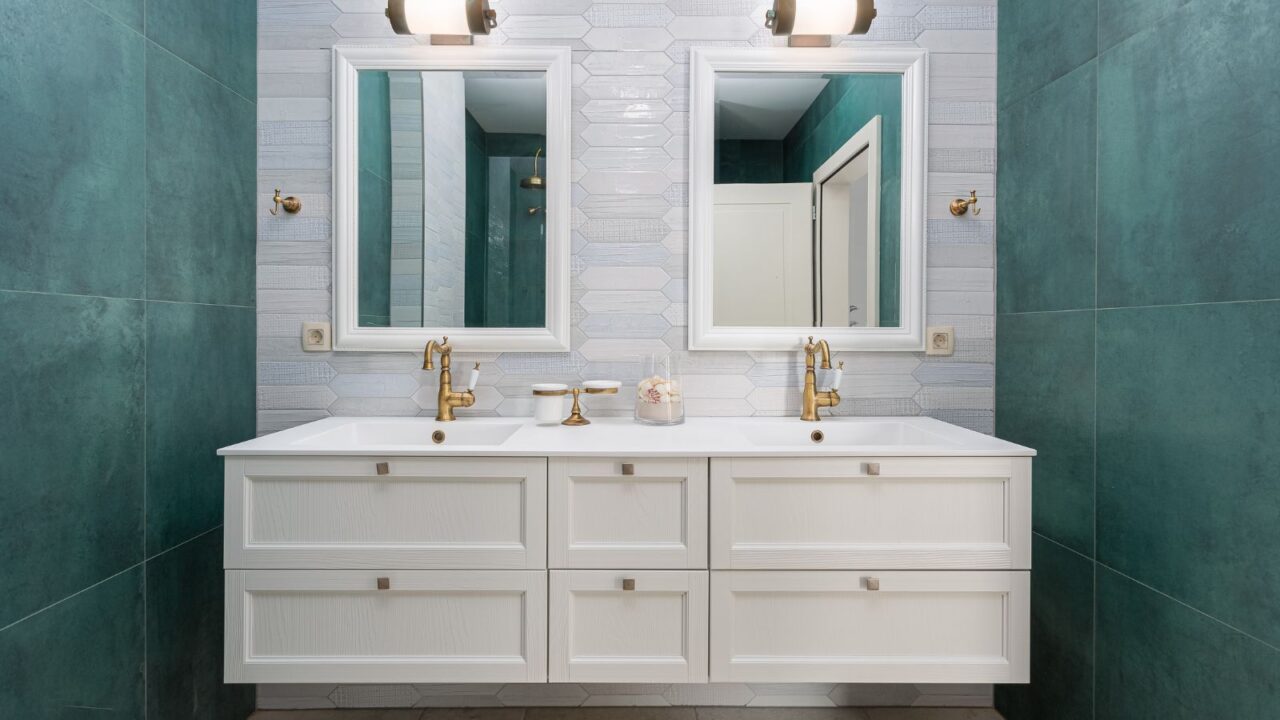
Overlooking Essential Vanity Features
During renovations, it’s easy to focus on vanity style and size but forget essential functional features. Many homeowners overlook practical additions like built-in electrical outlets for easy appliance use, drawer organizers to keep toiletries tidy, or even pull-out shelves for better access.
These small details make a big difference in daily convenience and organization.

Choosing the Wrong Contractor
A great renovation hinges on choosing the right contractor. Poorly vetted contractors can lead to shoddy workmanship, delays, and unexpected costs. Research thoroughly, read reviews, and ask for referrals.
Ensure your contractor is licensed, insured, and has a solid track record in bathroom renovations. Check out A Guide to Team up with Contractors & Designers for a more smooth and successful experience.
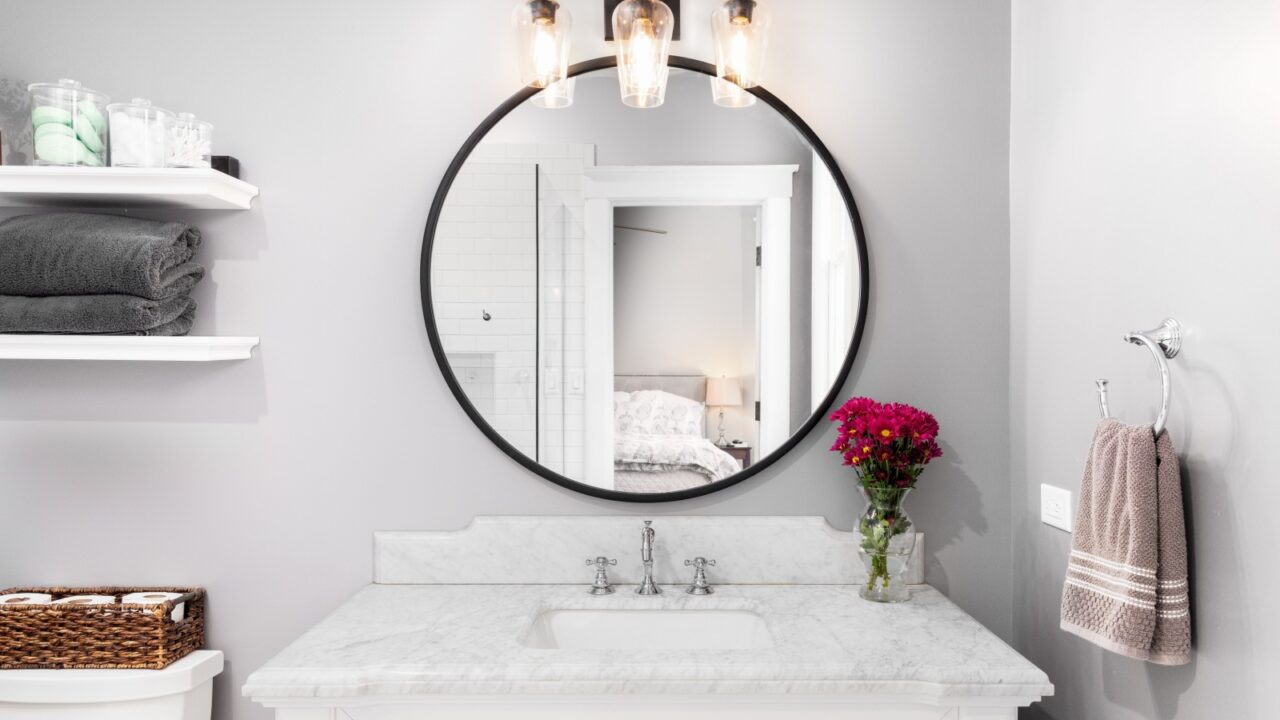
Skipping the Final Inspection
Once the renovation wraps up, it’s tempting to skip a final inspection. However, this step is essential for catching last-minute issues, from plumbing leaks to faulty electrical connections.
Walk through the bathroom with your contractor to verify everything meets your expectations. A thorough inspection ensures every detail is up to standard. Check out What You Need to Know Before Renovating to learn more about the important stuff before you invest your money and time in any project.